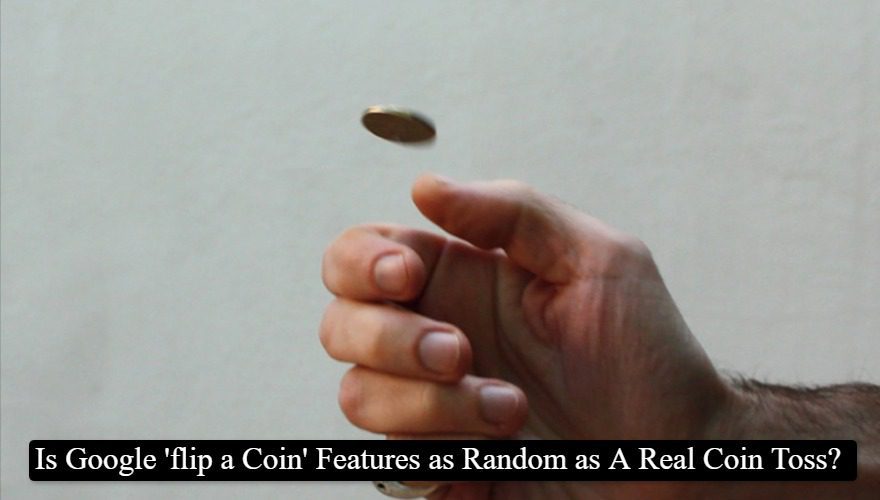Today’s digital world requires decisions for decisions both big and small – from mundane to monumental – on an instantaneous basis, yet Google offers features which emulate age-old methods of decision-making such as tossing a coin into the air or rolling dice for decisions of all magnitudes. But are digital randomness such as this feature provided by Google equivalent to real life randomness? In order to shed light on its digital randomness provided by Google and compare its outcomes against actual outcome variability this exploration seeks to demystify digital randomness provided by digital randomness provided by real coins in real life outcomes.
Understanding Google’s Decision-Making Tools
Google’s suite of quick-answer features, including “flip a coin” and “roll a die,” offers users a modern twist on traditional decision-making tools. At the heart of these features lies a sophisticated use of random number generation algorithms, designed to mirror the 50/50 chance of a coin landing on heads or tails and the equal probability of any side landing up on a six-sided die. The allure of such tools lies in their promise to deliver an unbiased outcome, free from human influence or physical biases that might skew a physical toss or roll.
The Mechanics Behind “Flip a Coin”
The “flip a coin” feature employs a binary random number generator to produce a sequence of zeroes and ones, each number with equal odds of appearing. This digital simulation attempts to replicate the 50% chance of either heads or tails that occurs with real coin flips; its mechanics appear straightforward but behind lies an intricate algorithm designed to ensure over time an even distribution of outcomes is maintained.
How “Roll a Die” Simulates Randomness
Google’s “roll a die” function employs a random number generator to mimic the unpredictability of physical die. By randomly producing numbers between 1 and 6, with equal probability, its digital die seeks to match its physical counterpart’s unpredictable nature over time; over time each number should appear approximately once every six rolls – representing fair play.
Digital vs. Physical Randomness
However, randomness in the digital realm differs significantly from physical randomness. Physical randomness is affected by various factors including material of coins being tossed at random angles with force and angle changes and air resistance; on the contrary, digital randomness relies on mathematical algorithms which generate numbers which seem random without order or pattern; these sophisticated yet predictable sequences follow an initial state and algorithm choice which are predictable given enough knowledge about both.
The Practicality of Digital Randomness
Google’s “flip a coin” and “roll a die” features provide an accurate approximation to physical games of chance, thanks to algorithms designed to minimize predictability; user experiences should appear random as possible when flipping coins or rolling dice digitally. Over short sequences of flips or rolls the probabilities may not exactly align with expected values but as trials progress they tend to closely resemble theoretical 50/50 split coin flipping results and one sixth chance per side for die rolling results.
Accepting Digital Randomness for Success
Google’s digital tools strive for fair and impartial outcomes, yet their randomness represents only an approximate representation of reality. As an easy and accessible solution for casual decision making or game playing or settling disputes between friends or strangers, these digital alternatives mirroring coin tosses or dice rolls with remarkable precision.
Google’s “Flip a Coin” and “Roll a Die” features are examples of digital innovation, providing users with instantaneous randomness at their fingertips. While their randomness differs from physical reality, in practice their outcomes are virtually indiscernible from physical realities used for decision-making purposes. Google’s digital randomness acts as an accurate alternative solution when used appropriately – in many situations its digital randomness serves as an exact replica for coin tosses or die rolls; seamlessly marrying old with new forms of decision-making process!





